- Argan oil popularity: Exploding in cosmetics, but does it help seborrheic dermatitis?
- Limited evidence: Claims are rife, but solid proof for SD is lacking.
- Topical concerns: High oleic acid in argan oil might actually worsen symptoms.
- Internal benefits? Dietary argan oil could be beneficial, but more research is needed.
- Bottom line: Proceed with caution, more affordable and proven options exist.
Most likely driven by Argan oil’s surging popularity within the beauty industry, countless claims and proposed applications have emerged online.
One such suggestion is that Argan oil could serve as an effective treatment for seborrheic dermatitis. So, let’s delve into the scientific evidence and determine if there’s sufficient data to substantiate these claims.
Evidence examination outcome: Consuming Argan oil regularly offers several well-documented health advantages. However, cosmetic benefits are less definitively proven. Regarding seborrheic dermatitis, oral supplementation might offer some benefits, but applying it directly to the skin could cause problems due to its high oleic acid content.

Understanding Argan Oil: A Quick Introduction
Moroccan Argan oil has become incredibly popular in the beauty and cosmetics world over the last decade.
Many enthusiasts are unaware that there are actually three distinct grades of Argan oil [1]:
- Cosmetic Grade: Solvent-extracted – commonly found in beauty products.
- Beauty Grade: Cold-pressed from unroasted kernels – often sold in pure form.
- Edible Grade: Cold-pressed from roasted kernels – used for culinary purposes.
Key Differences Between Argan Oil Grades
Cosmetic grade Argan oils are the most prevalent in store-bought products. They offer enhanced shelf life and blend more easily into complex formulations like shampoos and cleansers. Innovative production techniques are also used to boost the oil’s beneficial qualities, sometimes marketed as “enriched” cosmetic grade Argan oil.
Beauty grade Argan oil is typically found in its pure form or in oil blends designed for direct skin application.
Edible Argan oil is usually produced in smaller quantities by local Moroccan cooperatives and then distributed internationally through larger agencies.
Regardless of the grade, all Argan oils are characterized by: [2]
- High concentrations of oleic and linoleic acids
- Rich in phenolic compounds
- Presence of various carotenoids
- Squalene content
However, the levels of antioxidant compounds can vary significantly. Beauty grade Argan oils are reported to have the highest natural antioxidant levels, while cosmetic grade oils often require added antioxidants during manufacturing.
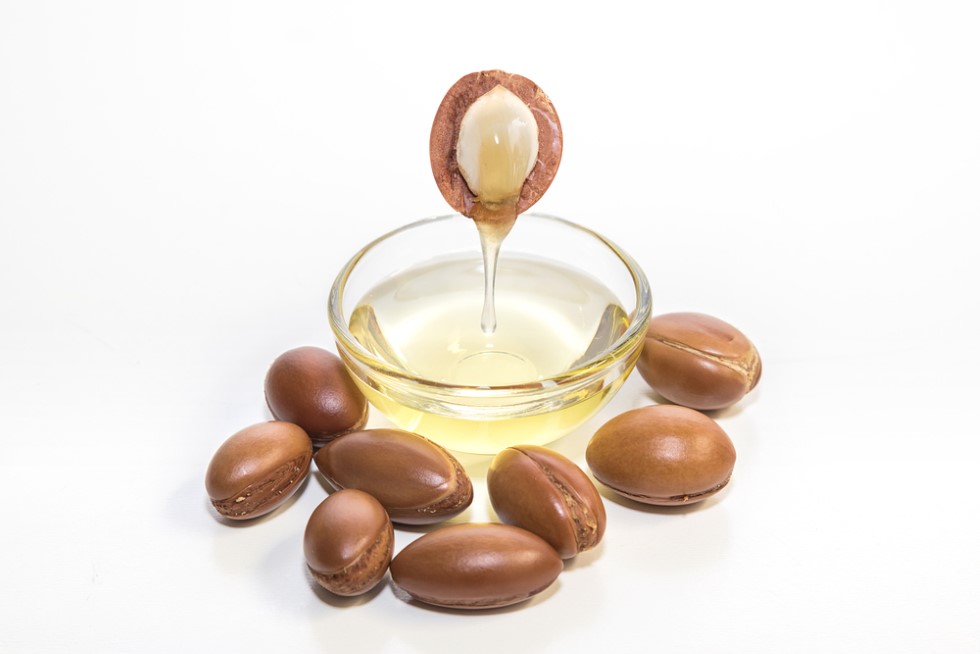

Argan Oil’s Benefits for Skin: What’s the Real Story?
Argan oil has a long history of traditional use in Morocco as a general beauty aid. Anecdotal uses range widely, from treating acne to chickenpox [3].
Looking at more scientifically backed claims, cosmetic grade Argan oil has been suggested to:
- Offer UV protection to skin cells (studied in vitro) [4]
- Help regulate sebum production (though studies often use formulas with multiple active ingredients) [5]
- Boost skin elasticity and combat skin aging [6, 7]
However, research is still limited, and the existing evidence isn’t very strong. Skin elasticity improvement seems to be the most supported benefit, but many natural oils share this property [8].
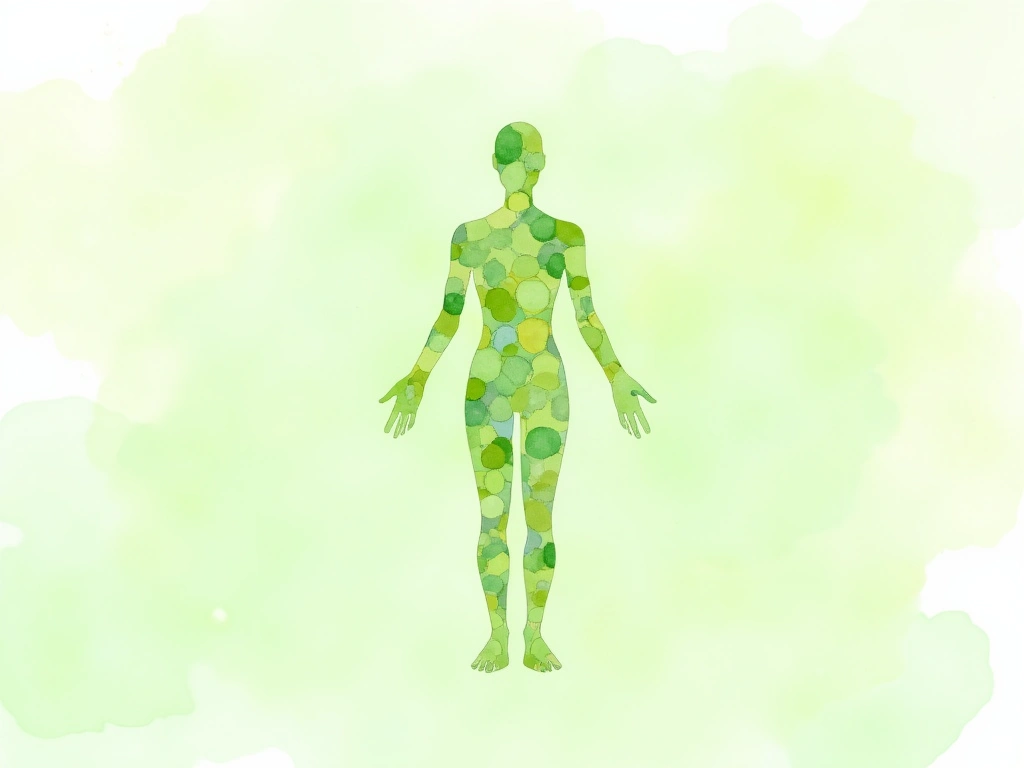
Argan Oil’s Broader Health Perks
Beyond topical skin benefits, consuming Argan oil has been linked to several systemic health improvements. Fortunately, there’s more research available to support these claims.
Some promising benefits of including Argan oil in your diet include [9]:
- Improved cholesterol and lipid profiles
- Lowered blood pressure
- Reduced arterial plaque formation
- Support in cancer treatment
- Better blood sugar management
While these benefits are encouraging, it’s important to consider how Argan oil stacks up against other natural oils. More common and affordable oils like olive oil and almond oil have demonstrated similar benefits.
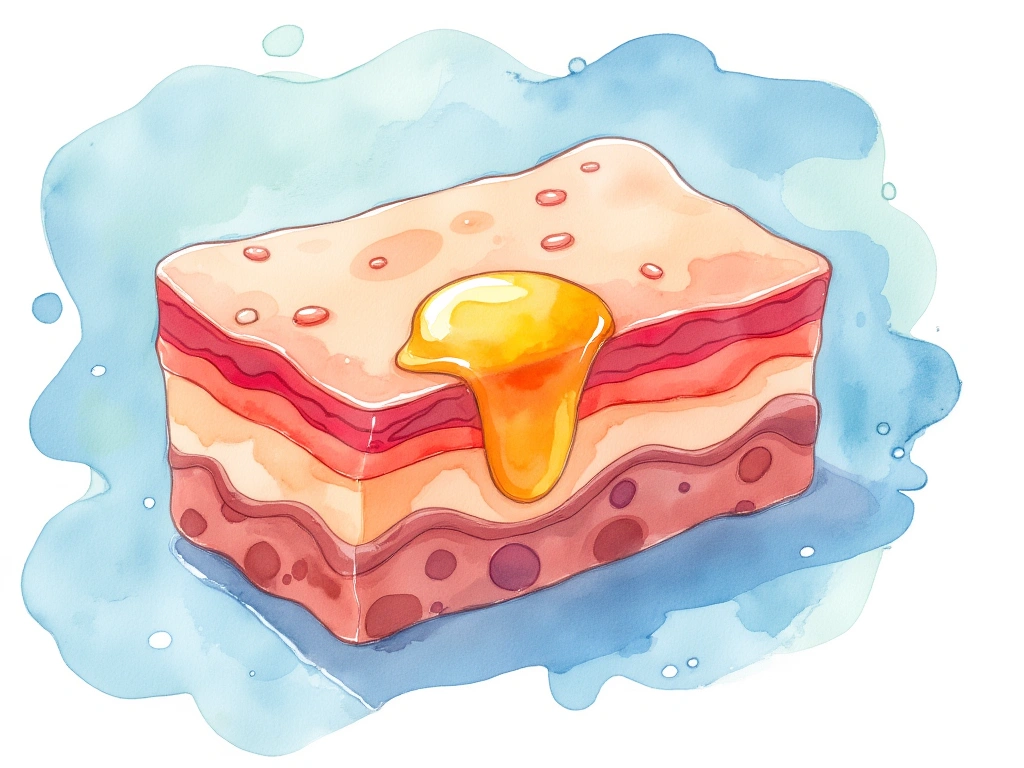
Argan Oil and Seborrheic Dermatitis: Is There a Connection?
Seborrheic dermatitis is largely thought to be triggered by an exaggerated immune response to oleic free fatty acids. These fatty acids are released by Malassezia yeasts, which are naturally present on the skin.
However, this explanation isn’t the complete picture. Malassezia yeasts are normal skin residents for almost everyone, not just those with seborrheic dermatitis. While the immune response to fatty acids is key, other factors also play a role:
- Imbalanced skin microbiome: The bacterial makeup of the skin differs from healthy skin.
- Sebum composition: Sebum might be more conducive to Malassezia growth or less effective at protecting the skin.
- Overall immune system health
- Lifestyle factors
- Underlying chronic conditions
These complex, interacting factors make seborrheic dermatitis a challenging condition to fully understand and treat.
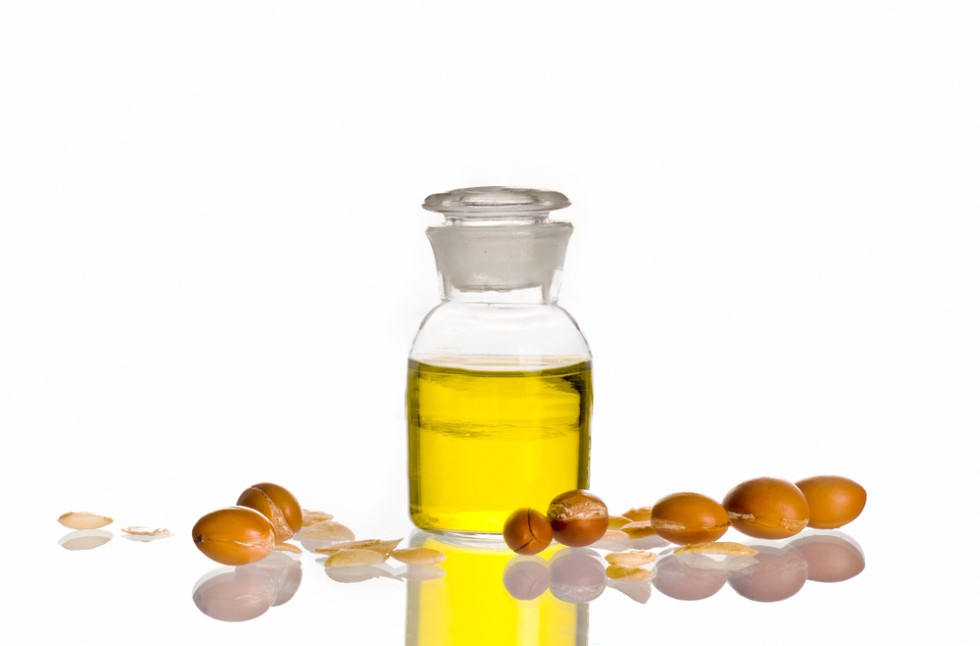
Using Argan oil topically for seborrheic dermatitis has been suggested in online forums and beauty blogs, often based on traditional Moroccan uses and the perceived “healing properties” of the oil.
However, currently, there’s no direct scientific evidence or studies specifically investigating Argan oil as a treatment for seborrheic dermatitis.
Could Argan Oil’s Sebum-Controlling Properties Help?
Argan oil’s reported ability to regulate sebum production might be helpful. In theory, reducing sebum could limit the food source for Malassezia, potentially decreasing oleic free fatty acid production.
However, the evidence for Argan oil’s sebum-controlling effects is weak, and Argan oil itself is high in oleic acid. While beneficial components like vitamin E and phenolic compounds in Argan oil could theoretically minimize oleic acid breakdown by Malassezia (turning a negative into a positive), these are speculative assumptions.
Internal Argan Oil Consumption and Blood Lipids
Since sebum composition and antioxidant levels may be linked to seborrheic dermatitis, improving blood lipid profiles could be beneficial. As discussed, high-quality edible Argan oil could positively impact these areas when consumed.
Following this line of reasoning, supplementing your diet with Argan oil might contribute to gradually easing seborrheic dermatitis symptoms.
However, it’s critical to emphasize again: there is insufficient data to draw firm conclusions or make recommendations. This idea is largely speculative and might be an attempt to rationalize Argan oil use.
If improving blood lipids and antioxidant status is the goal, more affordable and better-studied methods are readily available.

Further Reading
- [Informative video explaining the basic science of skin function][3]
- [Review article on natural oils for seborrheic dermatitis treatment][4]
- [Analysis of potential seborrheic dermatitis causes][5]

In Conclusion: Argan Oil and Seborrheic Dermatitis
Argan oil’s popularity as a skin health supporter continues to rise. Less recognized is the significant difference between the three main grades of Argan oil.
For treating seborrheic dermatitis, none of the Argan oil grades have sufficient evidence to support their use. Consuming high-grade edible Argan oil internally is the most promising avenue and may warrant further investigation, but this is also true for many other, more common natural oils.
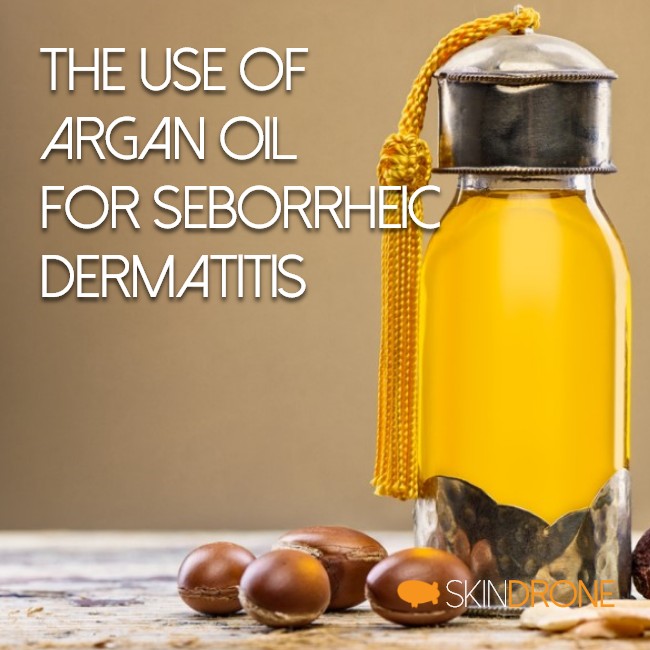
No Comments
Be the first to start a conversation